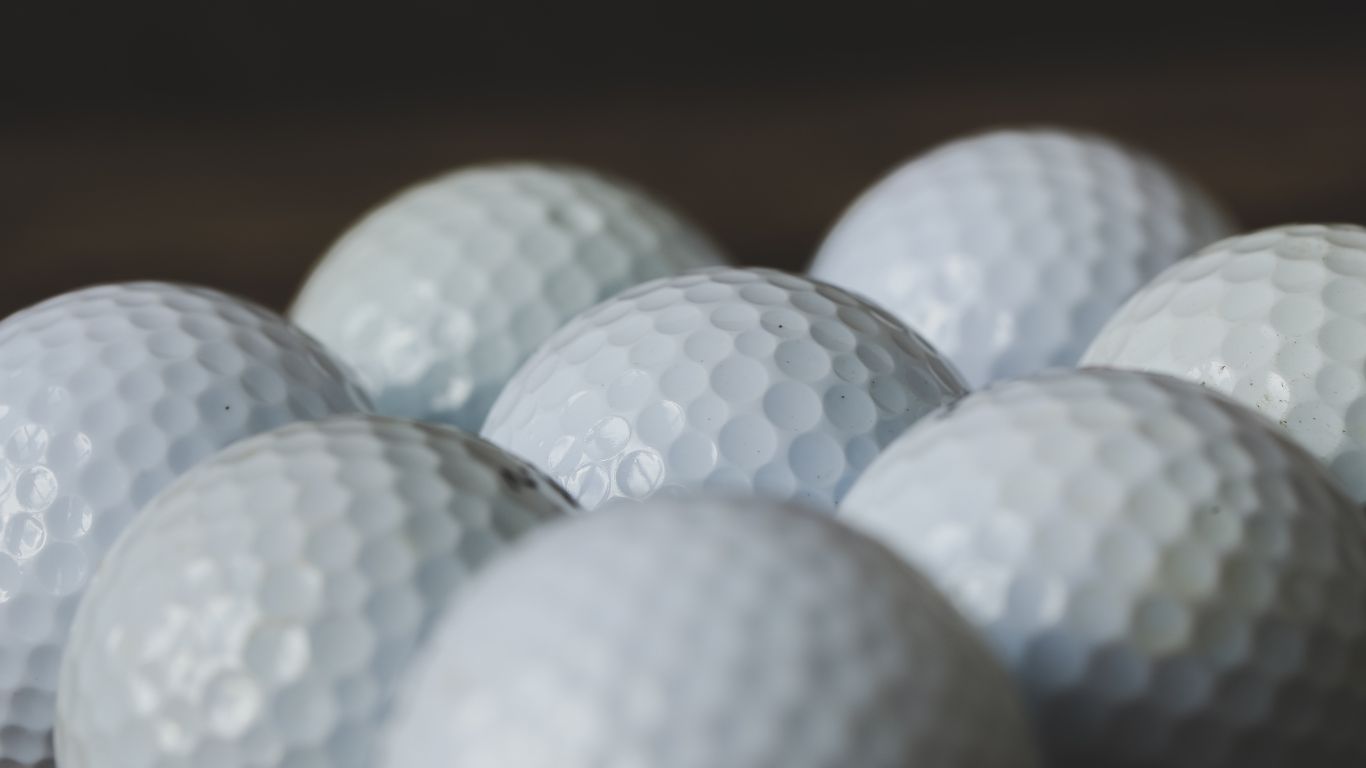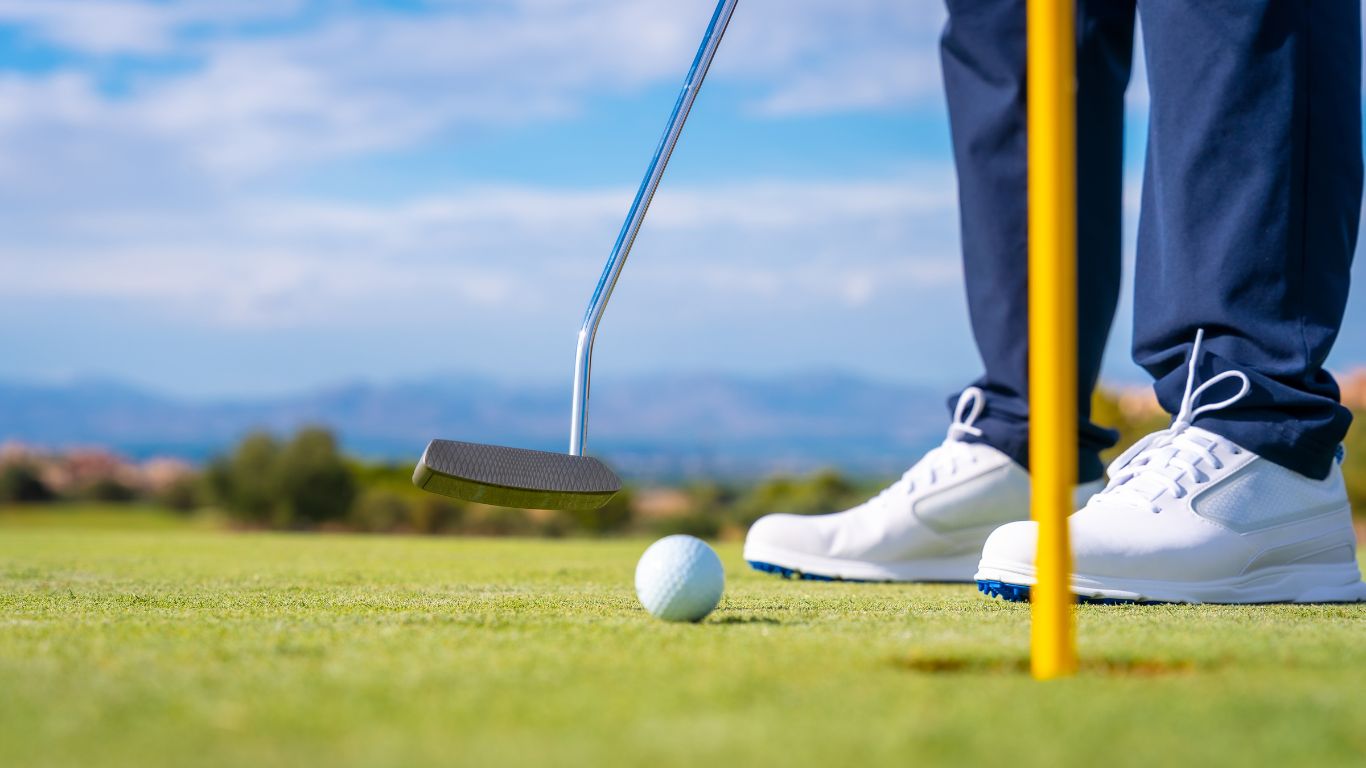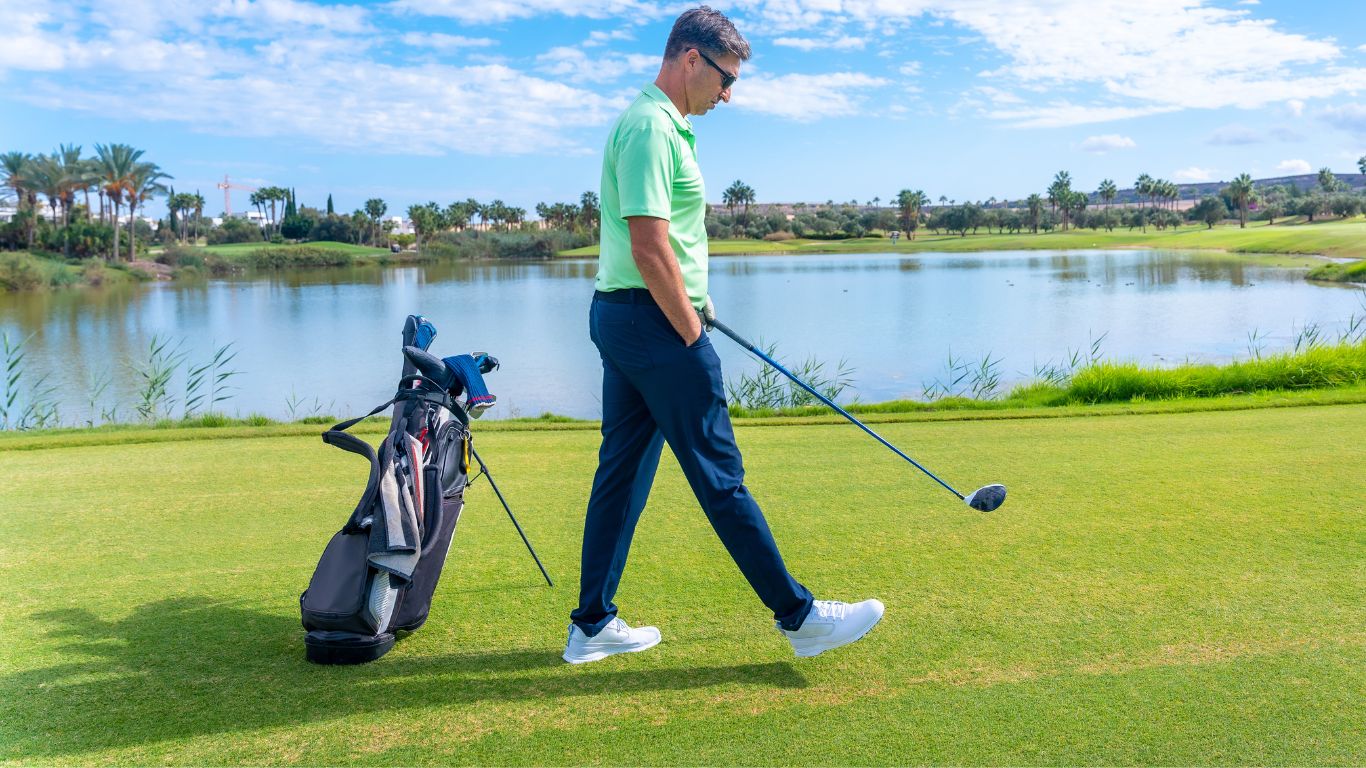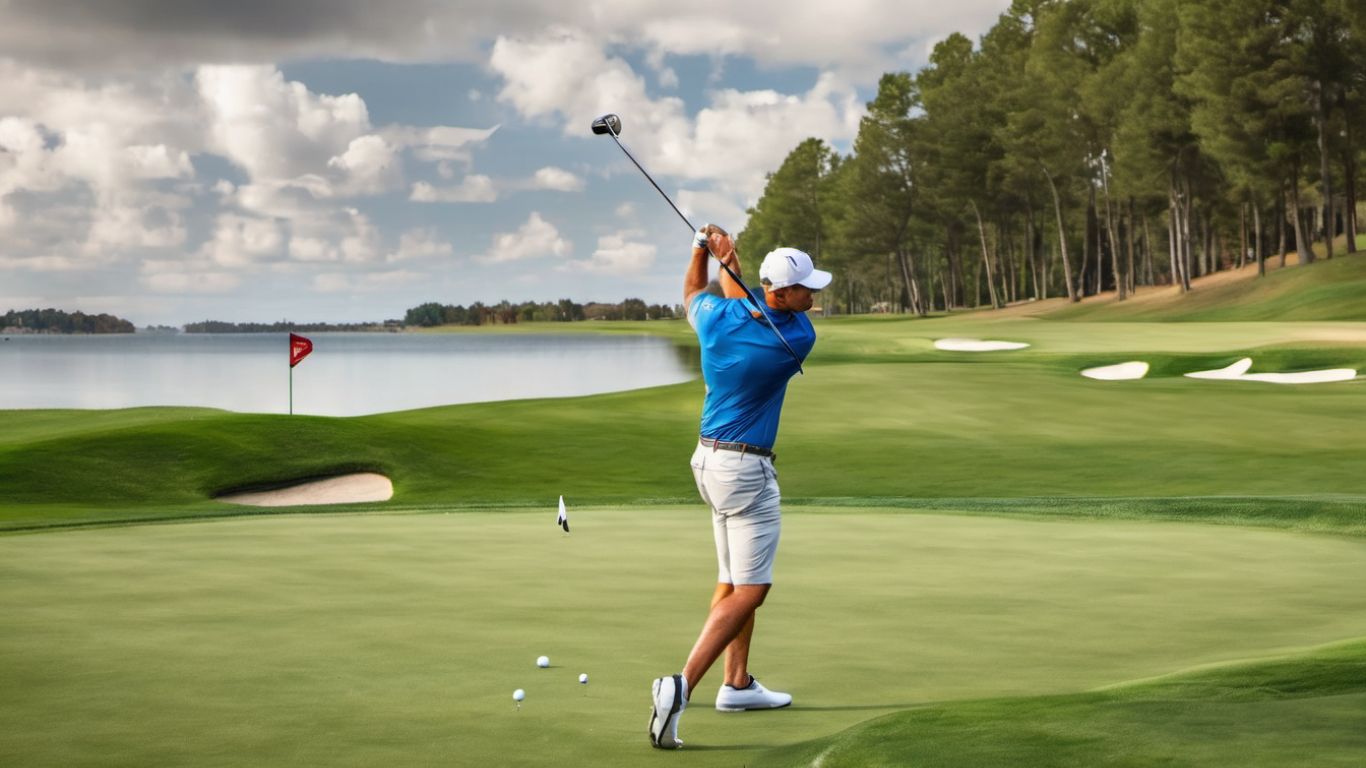Golf may be a leisurely sport, but even the most minor equipment details—like the quality of your golf balls—can significantly impact your game. Whether you’re a casual golfer or a seasoned pro, understanding the lifespan of your golf balls is essential. But do golf balls go bad? The short answer is yes, they can.
Shelf Life: Factors Affecting Golf Ball Longevity
Several factors can decrease the performance and alter the physical properties of your golf balls:
Exposure to Extreme Temperatures
Maintaining the integrity of a golf ball’s core and dimple pattern is crucial for optimal performance. Exposure to extreme heat can compromise the materials within the ball, impacting its behavior during play.
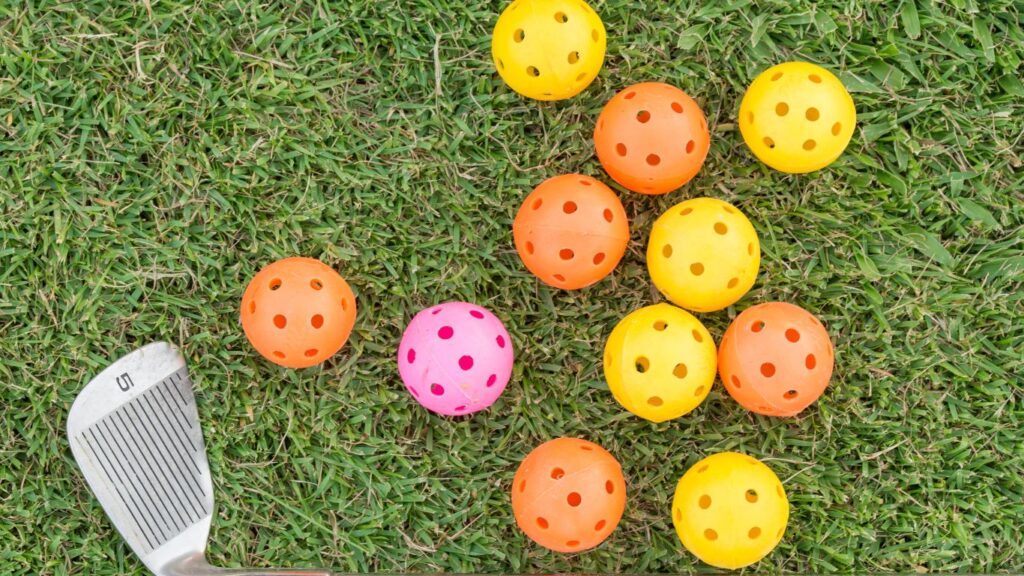
High Humidity
A golf ball that absorbs water will not fly as far or as true. High humidity levels can cause a ball to become heavier and unbalanced.
Improper Storage Conditions
Storing golf balls in unfavorable conditions, such as in places with direct sunlight or near harmful chemicals, will speed up the degradation process.
Frequency of Use and Impact Force
The lifespan of a golf ball is also heavily affected by how often it is used. Each strike can wear down the exterior and gradually deform the core, lessening a ball’s distance and accuracy capabilities.
Material Quality
The resilience and performance of golf balls are inherently linked to the quality and type of materials used to construct them. High-quality balls generally have a longer shelf life and sustain performance over time.
Usage Impact: Wear and Tear from Play
Golf balls are constantly subjected to forces of nature and impact, which over time manifests as:
Exterior Damage
Repeated use results in a frayed and blemished cover that disturbs the ball’s aerodynamics, reducing flight consistency and control.
Core Deformation
Continual striking, especially in the same spot, can cause the core to lose its firmness and shape, detrimental to its rebound effect and overall distance.
Diminished Dimple Pattern
The dimples on a golf ball are critical for maintaining lift and stable flight paths. Loss of this texture compounds challenges in gameplay.
Water Absorption
Suppose you frequently play on damp courses or in wet conditions. In that case, your golf balls might become waterlogged, altering their performance unpredictably.
Storage Tips: Preserving Your Golf Balls
Proper storage of golf balls can significantly prolong their life, save costs, and maintain your game’s quality:
Cool and Dry Conditions
Choose a storage area that is naturally cool or temperature-regulated to avoid heat damage.
Control Humidity
If possible, use dehumidifiers or airtight containers to protect your golf balls from excess moisture.
Avoid Sunlight and Heat Sources
Prevent exposure to intense heat and sunlight by choosing opaque storage containers and shaded, temperate locations.
Use Original Packaging
Original packaging and airtight containers can repel moisture and protect balls from external contaminants.
Distance from Chemicals
Store your golf balls away from substances that may release fumes or encourage material corrosion.
Rotation of Stock and Surface Choice
Using older golf balls first and storing them on soft mediums like sawdust can reduce the risk of long-term damage.
FAQs: Common Questions About Golf Ball Longevity
How long does an unused golf ball last?
When stored properly, an unused golf ball can last for many years without losing significant performance. Most manufacturers suggest a shelf life of five to ten years, but with ideal storage conditions, it can potentially last longer.
Can golf balls be used after getting wet?
Yes, golf balls can be used after getting wet. Still, frequent use in damp conditions without proper drying can lead to water absorption, affecting the ball’s weight and performance. It’s best to dry them thoroughly after exposure to moisture.
Do newer golf ball models last longer than older ones?
Advancements in materials and technology mean that newer models may offer improved durability and performance retention over time compared to older golf balls. However, the actual longevity depends on usage and storage conditions.
Is it okay to buy used golf balls?
Purchasing used golf balls can be cost-effective, especially for casual play. However, be mindful of their condition, as balls with significant wear or damage may not perform optimally.
How can I tell if a golf ball is no longer suitable?
Signs that a golf ball may need replacing include noticeable cuts, severe discoloration, loss of dimples, or any deformations on the surface. A significant decrease in performance, such as reduced distance or unpredictable flight paths, may also indicate it’s time for new golf balls.
Conclusion
While golf balls can withstand impressive forces and weather conditions, they are not impervious to deterioration over time. With the proper care and storage, however, their shelf life can be extended, ensuring that your golf ball is not the weak link when you swing for that hole-in-one.





